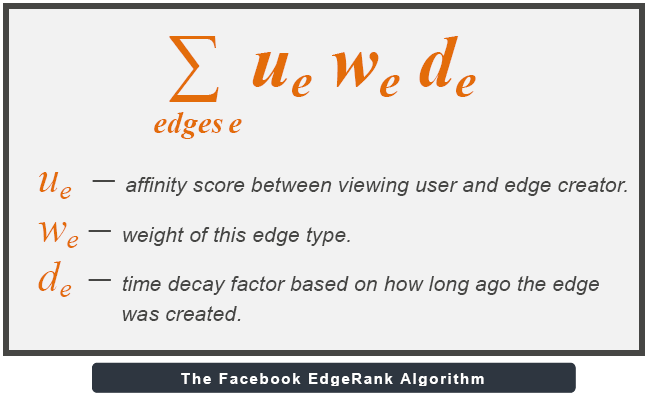Via [Mashable]
According to Lars Backstrom, engineering manager for Facebook, the average user has about 1,500 stories filtered through their News Feed on a daily basis. However, only 20% of them ever make the cut to be seen on your News Feed.
So how does Facebook determine the 20% you actually do see?
In an attempt to answer that question Facebook, at a special event held at its headquarters in Menlo Park, California, explained how the system has moved from manual knob-turning during the early days based on anecdotal feedback from users to the systematic algorithm that you see today. Another change to the Edge Rank algorithm looks at the last 50 interactions and places a higher emphasis on friends or pages the user has interacted with the most recently. These changes are not yet rolled out over all devices, Backstrom says.
Facebook once again repeated its goal: to give users a customized feed highlighting the stories that it assumes users will find the most interesting. The system assigns a score to each story and places the highest scoring stories at the top of the News Feed.
The scores are determined by the combination of a number of factors, such as the relationship you have with the poster, the times shared, the number of comments and the number of likes that the story has accumulated.
In the past, every time a user refreshed their feed the latest stories moved to the top. Even if they had a lower score than previously displayed stories. The ranking process has been changed to allow older stories that went unseen to join the new stories displayed at the top of your feed.
Facebook hoped that this change would increase interactions on their site and so far this seems to be the case. A study by Facebook found that this new system led to a 13% increase in stories read and a 5% increase in interactions such as likes, shares and comments.
